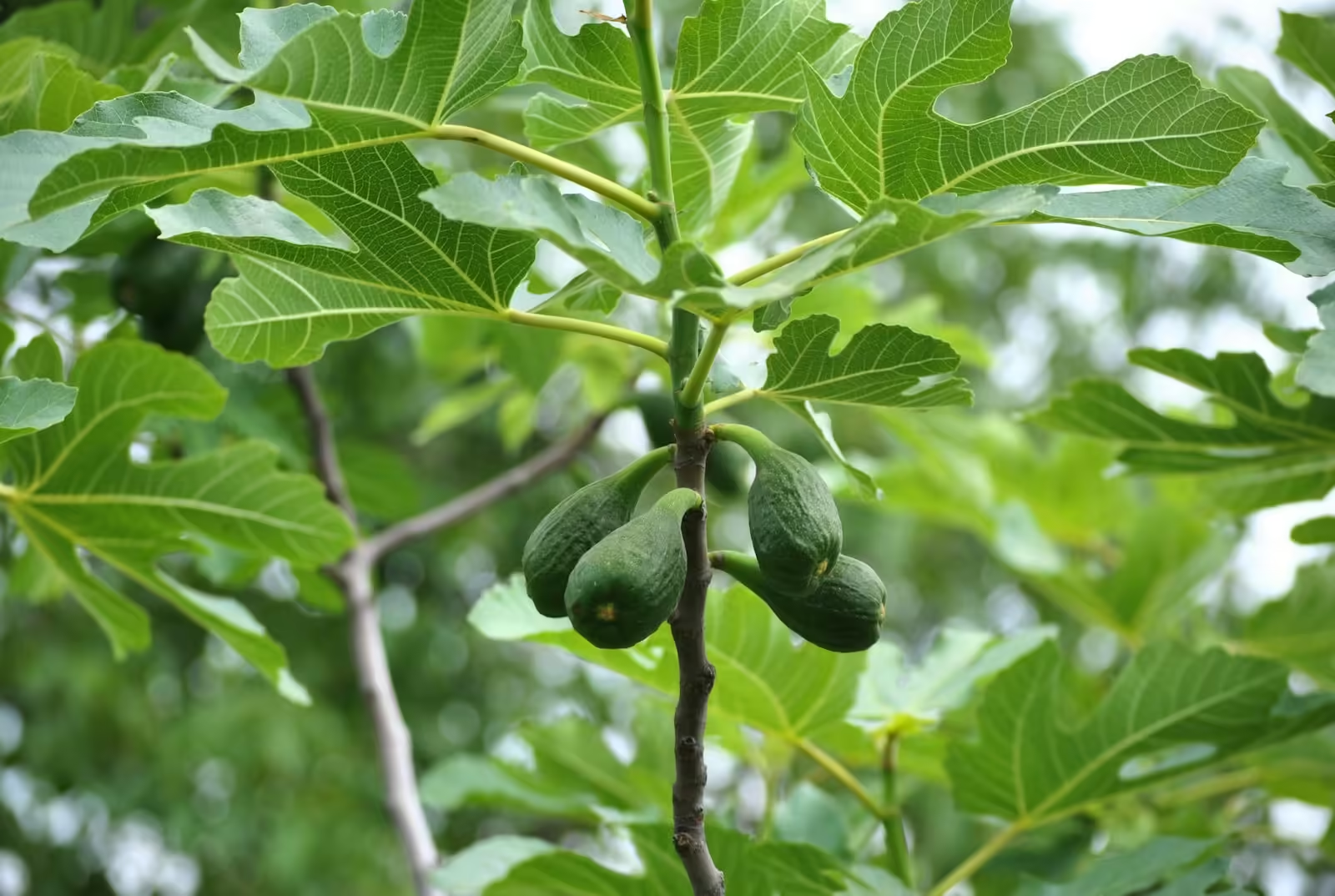
Table of Contents
With careful trimming, the common fig tree (Ficus carica) can produce large amounts of edible fruit. This is a beautiful plant. If you’re growing your plant in a small yard or container, pruning has the added benefit of producing more fruit.
To properly prune a fig tree and maximize fruit production and growth, begin pruning in late winter or early spring before new growth begins. Remove any dead, diseased or damaged branches to promote overall health. Next, thin the canopy by cutting about one-third of the older, less productive branches to allow more light and air to circulate, which encourages new growth and fruiting.
Focus on maintaining an open structure by removing any inward growing branches and making sure the remaining branches are evenly spaced. Additionally, prune the branch tips back to encourage lateral growth, which will increase the number of fruiting sites. Regular pruning focuses the tree’s energy on producing large, sweet fruit and maintaining vigorous growth.
Fast Facts on Pruning Fig Trees
- A fig tree can be pruned early in its life so that it can take on the desired shape.
- All pruning should be done during the dormant season of the tree.
- If you prune your fig tree properly, it will produce more fruit, so pruning is a great idea.
Why Fig Trees Benefit from Pruning

Pruning is beneficial for common fig trees for the following reasons:
- Pruning encourages new growth while removing existing growth. The more fresh growth a plant has, the healthier it will be.
- Without proper pruning, your fig tree in a container can overgrow it.
- Proper pruning will increase the amount of fruit.
- Removing damaged, dead, or diseased limbs—also known as suckers—is an excellent tree care practice. It is also common to “open” the canopy by pruning, to encourage air circulation.
How to Prune Fig Trees
- When you first prune the plant, cut it in half.
- Currently, you are using the compacted state to train the tree.
- Pruning should continue this training process till the second year.
- The basic structure you create will determine the tree’s appearance for the rest of its existence.
- To give the limbs enough room to develop, make sure you spread them evenly when picking them.
- Any new branches that compete with the fruiting wood should be removed in the third season. Select the branches you want to save from the fruiting wood.
- Remove anything growing less than 45 degrees from the main branch. It has a sustainable growth angle, and will be weak.
- Prune back the length of the fruiting wood by a third to keep the plant compact.
Pruning Tip
Always wear gloves to protect yourself while pruning. When you cut into a fig tree, a milky sap will come out that can irritate the skin.
When to Prune Fig Trees
Prune fig trees twice a year, in early spring and late fall, when they are dormant. You can trim these deciduous trees when their leaves fall from the branches in the fall, although they remain dormant throughout the winter.
When a fig tree is first planted, it is especially important to prune it during its dormant season. If you wait too long the plant will start to grow ahead of you. In its early years, it is easiest to define the right size for a tree.
Fig trees are among the “bleeding” trees, meaning that when they are pruned they ooze liquid, so the dormant season is the best time to prune them. This bleeding increases the risk of disease. One of the transitions
3 Tips for Growing Figs
- The fig tree should be grown in full sun in temperate areas or partial shade in warmer climates.
- Fig trees can grow to 20 feet tall or more (warmer areas reach 30 feet), although trimming can help keep them short.
- Fig trees grow best in USDA zones 5 through 10. They still need to be protected from the cold winter weather in the northern parts of that range.
read | How to properly prune tomato plants

